How To Find Spy Cameras In Your House?
In today's world, privacy is a growing concern, and the possibility of hidden cameras in your home can be unsettling. Whether you're worried about a landlord, a guest, or even a stranger planting a spy camera, it's essential to know how to detect these devices to protect your privacy. This article will guide you through various methods to find hidden cameras in your house, ensuring you can live without the fear of being watched.
Understanding the Basics of Spy Cameras
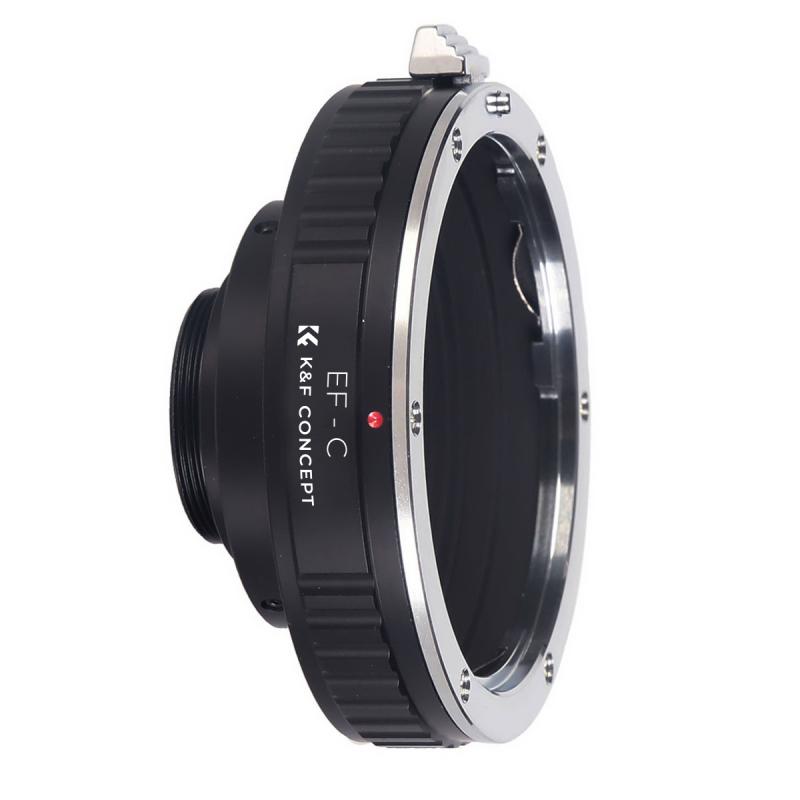
Before diving into the detection methods, it's crucial to understand what spy cameras are and how they work. Spy cameras are small, often wireless devices designed to capture video or audio without being easily noticed. They can be hidden in everyday objects like clocks, smoke detectors, picture frames, and even electrical outlets. These cameras can transmit data wirelessly to a remote location or store it on a memory card for later retrieval.
Visual Inspection
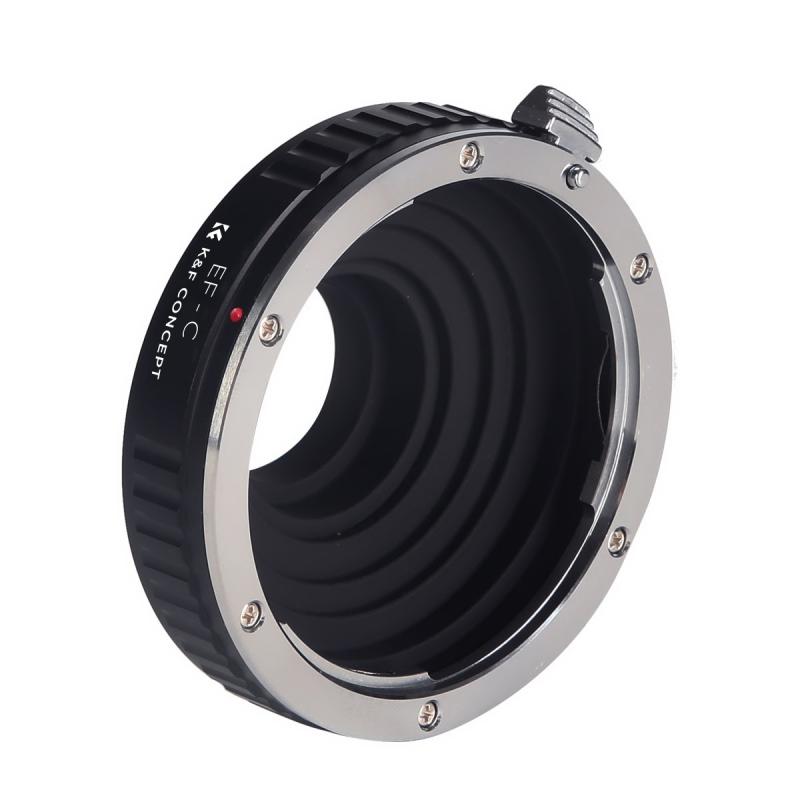
The first step in finding hidden cameras is a thorough visual inspection of your home. This method doesn't require any special equipment and can be surprisingly effective.
1. Unusual Objects: Look for objects that seem out of place or have been recently moved. Spy cameras are often hidden in items that blend into the environment, such as alarm clocks, air purifiers, or even stuffed animals.
2. Small Holes or Lenses: Spy cameras need a clear line of sight to capture video, so they will have a small hole or lens. Check for tiny holes in walls, ceilings, or objects that could conceal a camera lens.
3. Wires and Cables: While many modern spy cameras are wireless, some still require power cables. Look for unusual wires or cables that don't seem to belong to any known device.
4. Lights: Some cameras have indicator lights that may blink or glow. Turn off the lights in the room and look for any small, unexpected lights.
Using Technology to Detect Cameras
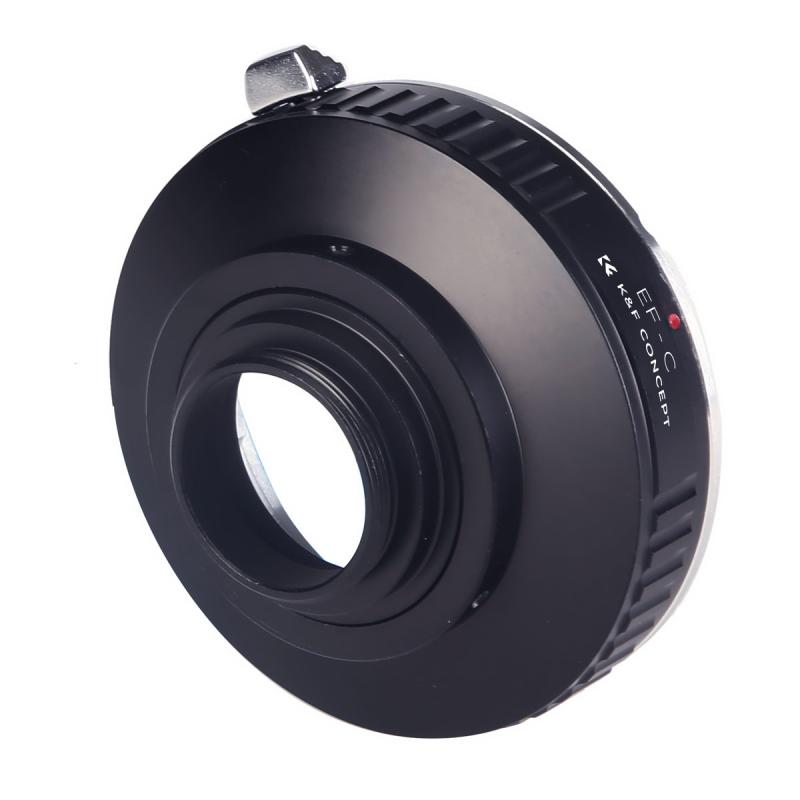
While a visual inspection is a good start, technology can significantly enhance your ability to detect hidden cameras.
1. RF Detectors: Radio Frequency (RF) detectors can help you find wireless cameras by detecting the radio waves they emit. These devices are relatively affordable and easy to use. Simply turn on the RF detector and walk around your home. If it detects a signal, it will alert you with a sound or light.
2. Camera Lens Detectors: These devices use infrared light to detect camera lenses. When you shine the infrared light around the room, any camera lens will reflect the light, making it easier to spot. Some smartphone apps also offer this functionality, using the phone's flashlight and camera to detect reflections.
3. Smartphone Apps: Several apps are designed to help you find hidden cameras. These apps use your phone's camera and flashlight to detect reflections from camera lenses or scan for Wi-Fi-enabled devices that could be cameras. While not as reliable as dedicated detectors, they can be a useful tool in your search.
Physical Inspection
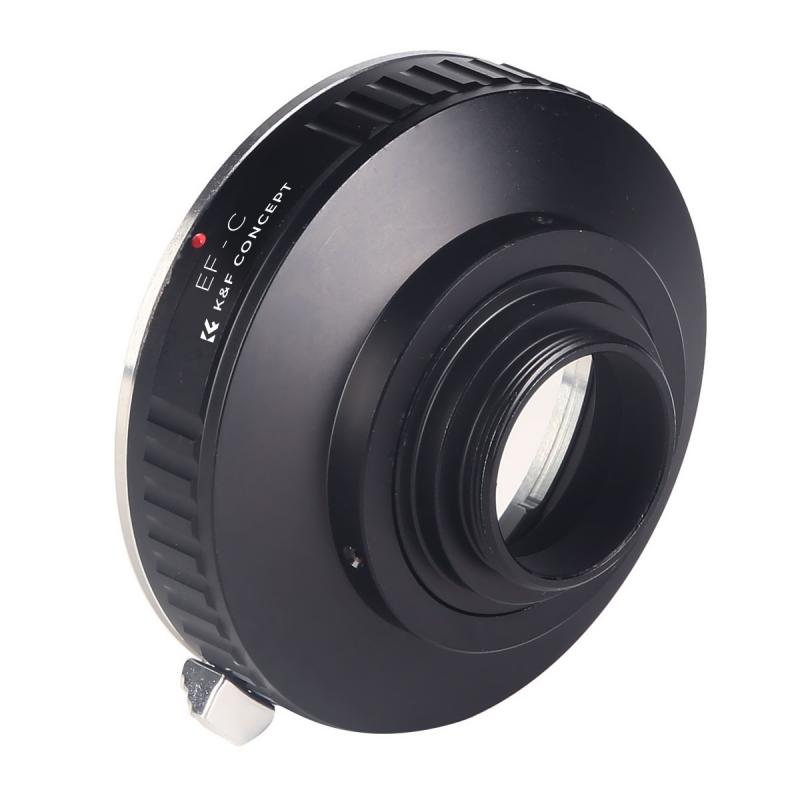
In addition to visual and technological methods, a physical inspection can help you find hidden cameras.
1. Check Smoke Detectors and Alarm Clocks: These are common hiding spots for cameras. Remove the covers and inspect the insides for any unfamiliar components.
2. Inspect Electrical Outlets and Light Switches: Spy cameras can be hidden in these fixtures. Turn off the power to the room and remove the covers to check for any unusual devices.
3. Examine Air Vents and Ducts: These areas can conceal cameras due to their size and location. Use a flashlight to look inside and check for any hidden devices.
4. Look Behind Mirrors: Two-way mirrors can hide cameras. To test if a mirror is two-way, place your fingernail against the glass. If there's a gap between your nail and its reflection, it's a regular mirror. If there's no gap, it could be a two-way mirror with a camera behind it.
Using Network Scanners
If you suspect a Wi-Fi-enabled camera, a network scanner can help you identify unfamiliar devices connected to your network.
1. Network Scanning Apps: Apps like Fing or Wireshark can scan your Wi-Fi network and list all connected devices. Look for any unfamiliar devices that could be cameras.
2. Router Interface: Access your router's interface through a web browser and check the list of connected devices. If you see any unknown devices, investigate further to determine if they could be cameras.
Professional Help
If you've tried the above methods and still suspect a hidden camera, it may be time to seek professional help. Private investigators and security experts have specialized equipment and expertise to detect hidden cameras more effectively.
Preventive Measures
Once you've ensured your home is free of hidden cameras, take steps to prevent future incidents.
1. Secure Your Wi-Fi Network: Use a strong password and encryption to prevent unauthorized access to your network.
2. Regular Inspections: Periodically inspect your home for any new or unusual objects.
3. Cover Cameras: If you have devices with built-in cameras, like laptops or smart TVs, use camera covers when they're not in use.
4. Be Cautious with Guests: If you have guests staying in your home, be mindful of any new items they bring and where they place them.
Finding hidden cameras in your house can be a daunting task, but with the right knowledge and tools, you can protect your privacy. Start with a thorough visual inspection, use technology to enhance your search, and don't hesitate to seek professional help if needed. By taking preventive measures, you can ensure your home remains a private and secure space. Remember, your privacy is paramount, and being proactive is the best way to safeguard it.








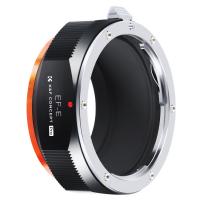
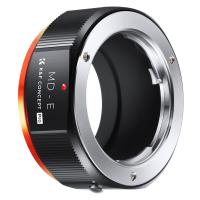
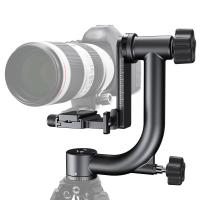
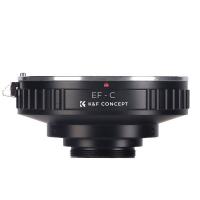

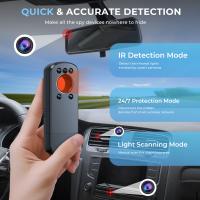
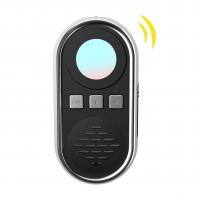


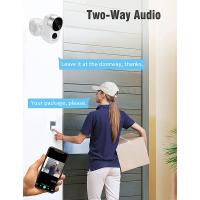

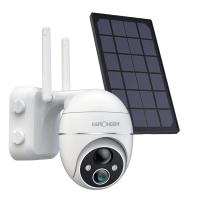

There are no comments for this blog.